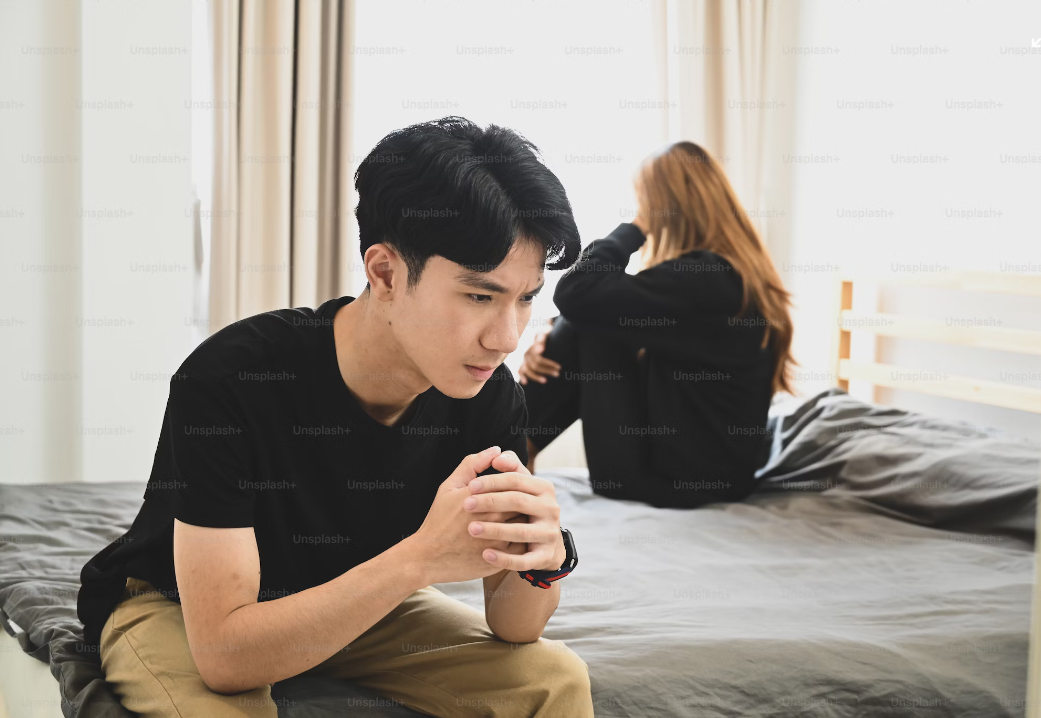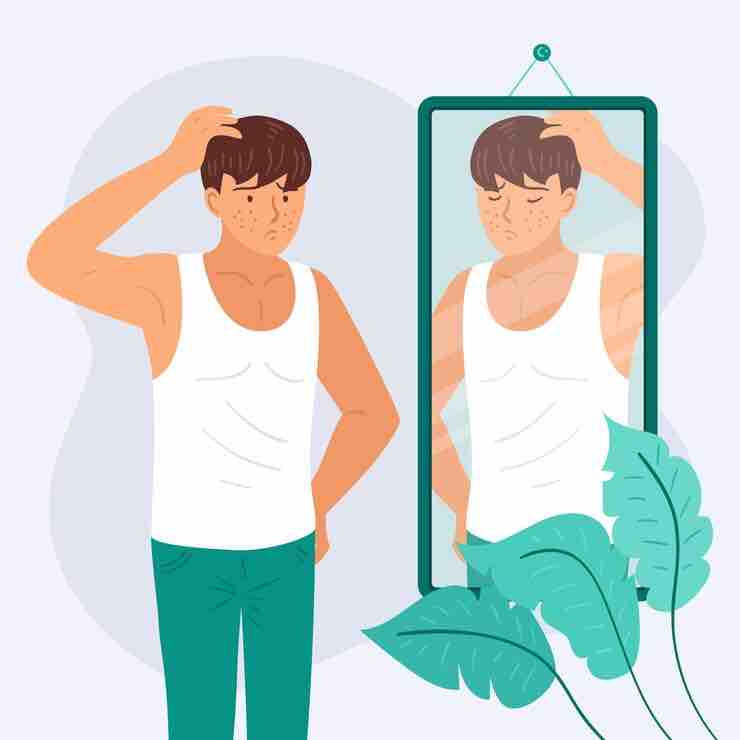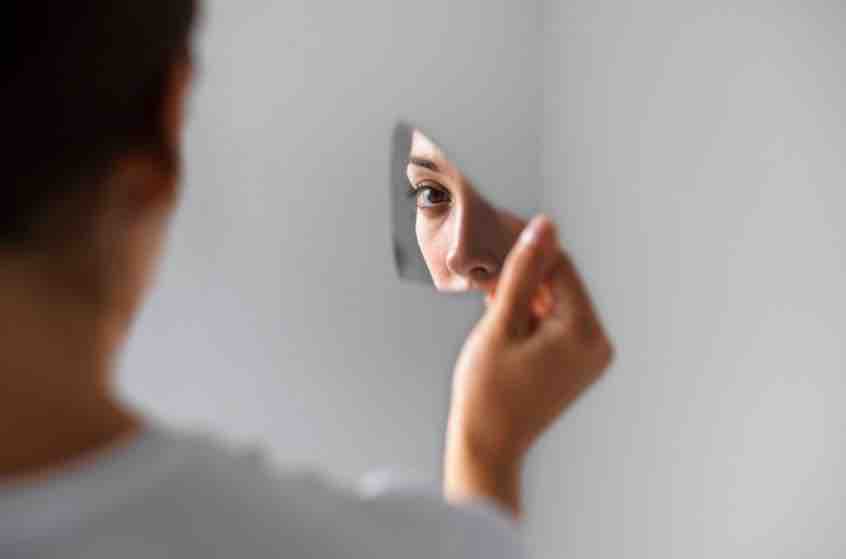Understanding one’s sexual orientation can be a journey of self-discovery and acceptance. If you’ve ever questioned whether you might be bisexual, it’s essential to approach this exploration with openness and compassion for yourself. Bisexuality, simply put, is the capacity to be attracted—emotionally, romantically, or sexually—to more than one gender. It’s a broad spectrum that encompasses various experiences and feelings. This guide is designed to help you navigate through your thoughts and feelings, providing insights into recognizing bisexuality in oneself.
What Is Bisexuality?
Bisexuality is a rich and diverse experience that defies simple definitions. It involves feelings of attraction to more than one gender, but the way these attractions manifest can vary greatly from person to person. Some may find their attractions fluctuate over time, while others experience them more evenly. It’s crucial to acknowledge that bisexuality is a valid and legitimate identity, deserving of respect and understanding.
Signs You Might Be Bisexual
Here are some signs that you can notice to see if you are bisexual or its just a random thought:
1. You Experience Varied Attractions
One of the most telling signs is experiencing attractions that span across genders. This can mean finding yourself drawn to people’s personalities, physical appearances, or a combination of traits in individuals of different genders.
2. You Feel Emotional and Romantic Connections
Attraction isn’t solely about physical desire. Emotional and romantic feelings towards multiple genders can also indicate bisexuality. It’s about whom you can see yourself forming deep, meaningful bonds with, regardless of gender.
3. You Have Fluidity in Preferences
Many bisexual individuals notice a fluidity in their attractions. Your preferences might shift over time, known as the “bi-cycle.” This fluidity is entirely normal and part of many bisexual people’s experiences.
4. You Are Imagining Future Relationships
When you envision your future or fantasize about romantic scenarios, do these visions include people of more than one gender? The ability to see yourself in a loving relationship with individuals of different genders can be a sign of bisexuality.
Common Misconceptions Around Bisexuals
1. “It’s Just a Phase”
One pervasive myth is that bisexuality is merely a transitional phase. However, for many, it is a stable and enduring aspect of their identity.
2. The Need for Equal Attraction
Another misconception is the idea that one must feel equally attracted to all genders to be bisexual. In reality, attractions can vary in intensity and form, and this diversity doesn’t diminish the validity of one’s bisexual identity.
3. Experiences Define Orientation
Some believe that you need to have had physical or romantic experiences with multiple genders to claim a bisexual identity. Your experiences, or lack thereof, do not define your bisexuality; your feelings and attractions do.
Embracing Your Identity
1. Self-Reflection
Spend time reflecting on your feelings and attractions. Journaling can be a helpful tool to explore and articulate your thoughts and emotions.
2. Educate Yourself
Learn about bisexuality from reputable sources. Understanding the spectrum of bisexual experiences can provide clarity and reassurance.
3. Find Community
Connecting with others who identify as bisexual or are exploring their sexuality can offer support, validation, and a sense of belonging. Look for online forums, social media groups, or local LGBTQ+ organizations.
4. Take Your Time
There’s no rush to label yourself. Sexual orientation can be complex, and it’s okay to take as much time as you need to understand your feelings and preferences.
Recognizing bisexuality in oneself is a deeply personal process. It’s about listening to your heart and acknowledging your feelings, irrespective of societal expectations or labels. Remember, your identity is valid, and your feelings are real. Whether or not you choose to label yourself as bisexual, what matters most is being true to yourself and embracing the journey of self-discovery with kindness and openness.
FAQs on Bisexuality
1. How can I tell if I’m bisexual?
Determining if you’re bisexual involves introspection about who you’re attracted to emotionally, romantically, and physically. If you find yourself drawn to more than one gender, you might be bisexual. Remember, attractions can vary and evolve over time, and it’s okay to explore your feelings at your own pace.
2. Does being attracted to multiple genders automatically make me bisexual?
Not necessarily. Attraction is complex and can manifest in various ways. While being attracted to more than one gender is a common characteristic of bisexuality, how you identify is personal and can depend on how you understand and interpret your attractions.
3. Can my sexual orientation change over time?
Yes, sexual orientation can be fluid for some people. You might find that your attractions shift or evolve as you grow and have new experiences. This fluidity is a natural part of human sexuality for many individuals.
4. Do I need to have equal feelings for all genders to be considered bisexual?
No, you don’t need to have equal feelings for all genders. Many bisexual people experience varying degrees of attraction to different genders, which is a normal part of the bisexual experience.
5. How can I explore my bisexuality in a safe way?
Exploring your bisexuality safely involves learning about bisexuality from reliable sources, reflecting on your feelings, and possibly connecting with the LGBTQ+ community for support. Always prioritize your emotional and physical safety in your explorations.
6. Is it important to label my sexuality?
Labeling your sexuality is a personal choice. Some find that having a label helps them understand themselves better and connect with others who share similar experiences. Others prefer not to label their sexuality. What’s most important is that you do what feels right for you.
7. How can I deal with uncertainty about my sexual orientation?
Dealing with uncertainty can be challenging, but it’s important to give yourself grace and time. Allow yourself to explore your feelings without pressure to come to a definitive conclusion. Engaging in self-reflection and seeking support from understanding friends or communities can also be helpful.
8. How can I support a friend who is exploring their bisexuality?
Supporting a friend exploring their bisexuality involves listening without judgment, offering encouragement, and educating yourself about bisexuality to better understand their experience. Be a source of unconditional support and respect their journey of self-discovery.
Top 10 Dating Tips for Bisexuals
Knowing the dating world as a bisexual can be an exciting journey of self-discovery and connection. However, it can also come with unique challenges and questions. Whether you’re newly out or have been part of the bisexual community for a while, these top 10 dating tips are designed to help you find meaningful and joyful relationships.
1. Embrace Your Identity
The first step in a fulfilling dating life is to fully embrace your bisexual identity. Accepting and loving yourself for who you are is crucial. Your bisexuality is a beautiful part of your identity that should be celebrated. Confidence in who you are can make you more attractive to potential partners.
2. Communicate Openly
Honesty and openness are key in any relationship. Be clear about your identity and what you’re looking for in a relationship. This transparency will help you connect with people who respect and embrace your bisexuality, leading to more meaningful connections.
3. Educate Your Partners
Not everyone will be fully informed about bisexuality. Be prepared to educate your partners in a patient and understanding way. Sharing articles, books, or even personal experiences can help your partner understand your perspective better.
4. Avoid Assumptions
Just as you wish for others to keep an open mind about your identity, extend the same courtesy. Avoid making assumptions about someone’s sexual orientation or relationship preferences based on their appearance or behavior.
5. Set Boundaries
It’s important to set boundaries about what is and isn’t acceptable in your relationships. This could relate to monogamy, how you discuss your bisexuality with others, or how you engage with the LGBTQ+ community. Clear boundaries lead to healthier relationships.
6. Seek Supportive Communities
Finding a community that supports and understands your bisexuality can be incredibly affirming. Whether it’s online forums, social media groups, or local LGBTQ+ organizations, these communities can offer advice, friendship, and potential dating opportunities.
7. Deal with Rejection Gracefully
Rejection is a part of dating, no matter your sexual orientation. If someone has an issue with your bisexuality, it’s a reflection of their limitations, not your worth. Stay true to yourself and move on to someone who appreciates you fully.
8. Prioritize Safety
Always prioritize your safety, especially when dating new people or if you’re exploring different types of relationships. This includes physical safety as well as protecting your emotional well-being.
9. Enjoy the Process
Dating should be fun! Enjoy the process of meeting new people and exploring different connections. Every experience, whether it leads to a lasting relationship or not, is a chance to learn more about yourself and what you want in a partner.
10. Be Patient
Finding the right person can take time, and that’s okay. Be patient with yourself and the dating process. The right relationships will come along when the time is right, and they will be worth the wait.
Dating as a bisexual can be a rich and rewarding experience. By embracing your identity, communicating openly, and navigating the dating world with confidence and care, you can form meaningful and joyful connections. Remember, the most important relationship is the one you have with yourself, so be kind, patient, and true to who you are.




